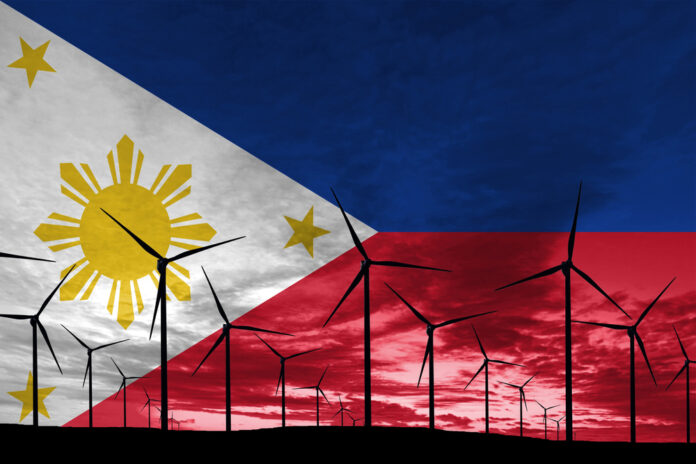The Philippines had been identified by the Coalition for Emerging Market Infrastructure Investment (CEMII) as initial focus market for infrastructure investment across Indo-Pacific Economic Framework (IPEF) economies, the Department of Energy (DOE) said on Monday.
DOE Secretary Raphael Lotilla said this was announced by the Indo-Pacific Partnership for Prosperity (IP3), which recognizes the Philippines as ideal market for the initiative given the country’s rapid growth in energy demand and its ambitious renewables targets.
Lotilla said the partnership aligns perfectly with the country’s energy goals, particularly in the transition toward a more sustainable, clean and resilient energy sector.
“We look forward to working closely with the Coalition to realize our shared vision of a clean energy future for the Philippines and the broader Indo-Pacific region,” said Lotilla.
DOE said the CEMII will launch innovative, action-oriented approaches enabling capital to be deployed quickly, especially that the Philippines is seen requiring some $500 billion over the next 25 to achieve a successful clean energy transition.
The agency vowed to help the CEMII identify areas of mutual interest and develop a joint roadmap to accelerate investment in clean energy infrastructure.
CEMII was initially introduced at the IPEF Clean Economy Investor Forum in Singapore last June to support IPEF economies in achieving their economic development, human capital and sustainability objectives.
CEMII also prioritizes the identification, promotion and development of successful infrastructure projects throughout the region.
CEMII is convened by IP3 and co-chaired by Global Infrastructure Partners and includes prominent financing members such as Allied Climate Partners, BlackRock, Brookfield, GIC, the Rockefeller Foundation and Temasek.
At present, the Philippines does not have a binding plan to achieve net zero emissions apart from the target to cut economy-wide greenhouse gas emissions by 75 percent from 2020 to 2030 under the updated nationally determined contribution target.
Under this target, the government aims to increase the renewable energy share in the power generation mix to 35 percent by 2030 and further to 50 percent by 2050.
Based on 2023 data at the DOE, the share of on-grid renewable energy from hydro, geothermal, wind, biomass and solar technologies total 8,416 megawatts equivalent to 29.7 percent of installed capacity.
Coal-fired power plants account for 12,406 MW installed on-grid capacity and leads with a 43.9 percent share.







